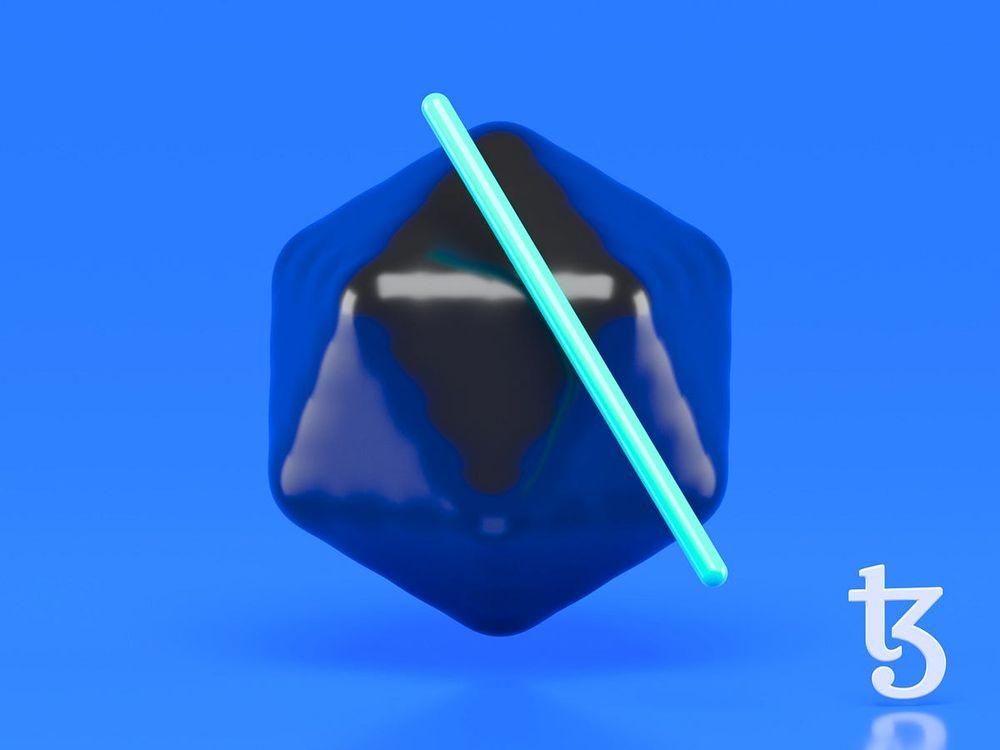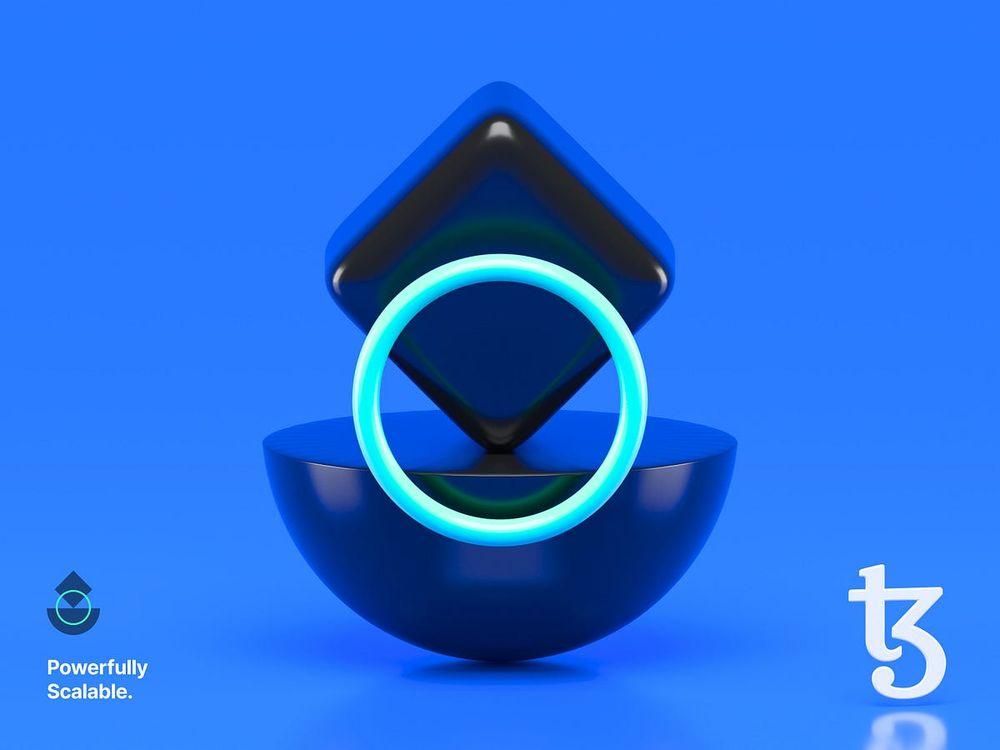Data Availability Layer (DAL): What is it all about?
Discover Tezos' Smart Rollups and the Data Availability Layer (DAL) - a revolutionary solution for decentralized blockchain scaling, supporting millions of transactions. Tezos leads in blockchain innovation
1,200 words, 6 minute read

Smart rollups have been all the fuss for the past few months and since they are a super innovative technology that came to solve the scaling problem of blockchains in a decentralized way, it’s really no wonder why everyone is talking about them.
Being cutting edge technology though, also means that it is probably very complicated and there are a lot of peripheral concepts that one needs to understand to fully grasp the level of innovation that’s occurring.
Having the general rollup topic covered before, in this article I will explain one of those peripheral technologies that, just like smart rollups, is an important piece of the blockchain scaling puzzle. I’m talking about none other than the Data Availability Layer (DAL). So let’s start from the beginning.
Why is DAL needed? #

As we mentioned in a previous article, Tezos’ smart rollups are a (genius) version of optimistic rollups. Optimistic rollup nodes post commitments with the state of the rollup on the Tezos layer 1 so others can verify if they are true or false, but before that, optimistic rollup nodes also need to receive the transactions in a way that is open for everyone to see the data so they can also verify the commitments posted at the end.
Let’s make it simple with an example: a transaction is sent to a rollup by a user, the rollup node receives it, executes the transaction inside the rollup, and later on it posts a commitment on the Tezos Layer 1 with the new state of the rollup. Now, for other rollup nodes to verify that commitment, they need to have access to all the transactions that are sent to the rollup otherwise there is no way to verify if the executions that occurred inside the rollup are correct or not.

You might be asking, “what’s the issue with that?”. Well, in the example above, the transactions that are sent to a rollup node, are stored and delivered through the rollup inbox which is part of the Tezos layer 1. This is done to keep the delivery of the data decentralized and censorship-resistant. For example, you can use a centralized sequencer like all the Ethereum rollups do but in that case, you lose decentralization and censorship resistance.
Using the rollup inbox which is using the layer 1 blocks, means that the amount of transactions that can be sent to rollups is also limited by the layer 1 block’s capacity. For Tezos and according to a recent Nomadic Labs blog post, that limit is approximately around 3400 transactions per second (TPS).
But what if we want to have a million or more transactions per second? How can we have all this data delivered to rollups in a decentralized and censorship-resistant way without burdening the main (layer 1) chain? Enter DACs and DALs.
Data Availability Committee (DAC) #

One solution that was used for the recent 1 million TPS demonstration at TezDev Paris is Data Availability Committees. You can think of DACs as a number of entities that are storing copies of the input data and are making it available for the rollup nodes to download at any given time.
This data is stored outside of layer 1 but thanks to the GENIUS design of Tezos’ smart rollups, rollup nodes can download that data using the reveal data channel.
To ensure the integrity of the data, multiple DAC members must have signed the data, and the number of signatures required is defined by the rollup kernel. Let’s look at another example to understand it even better.
- We have a group of 20 trusted people/entities that are running the DAC nodes.
- We send a transaction for a specific rollup to the DAC nodes.
- Once there are enough signatures, a “certificate” is posted to the rollup node inbox.
- The rollup node imports the certificate and checks for the number and validity of the signatures.
- If there are enough signatures from committee members and the certificate is found to be valid, then it requests and downloads the original data from the DAC infrastructure and can then execute the transaction.

Remember that this is all happening outside of the main chain so there are no additional burdens added to it and there are no limitations coming from it regarding the amount of data rollup nodes can receive in this manner.
As always, I’m trying to keep things as simple as possible so there are a lot more technical details and information around DACs that I left out. If you are interested in a more detailed explanation, you can check out this Nomadic Labs blog post.
Data Availability Layer (DAL) and why it’s better #

While DACs are a decent solution that might fit specific cases without any issues, it is still not a fully decentralized solution as it is not tied in any way to Tezos’ layer 1 while requiring some level of trust by the user to the committee members.
Since decentralization and censorship resistance are core values of the Tezos ecosystem, the core developing teams have been working on an even better solution that will unleash the true potential of the Tezos’ smart rollups. Enter the Data Availability Layer (DAL)!
The Data Availability Layer will be a separate, parallel peer-to-peer network that runs alongside the main Tezos network with the Tezos bakers operating the nodes. Having the bakers as nodes along with some clever techniques like data availability sampling*****, the data will be available for anyone to access.
*Data availability sampling is a technique that ensures, with a high probability, that the data is available while only downloading a small portion of the entire data. This means that anyone can ascertain data availability merely by running a node, without needing to trust bakers. — source

So instead of having a select number of people that you have to trust (DACs) and instead of using the layer 1 network to store and deliver the data and reaching a bottleneck (rollup inbox), we will soon have a dedicated-separate data layer. This layer will make the data available with the capacity to support millions of transactions in a fully decentralized, open for all, and censorship-resistant way. Nothing is even close to that level of decentralized scaling.
Tezos is once again leading the way in blockchain technology innovation by implementing technologies that a few years back existed only in theory. Like with all new technologies, at first, it’s hard to grasp all the possibilities they might open and I really can’t wait to see them materialize! Tezos’ future is bright! Take part in the future by building on Tezos today.
Resources: